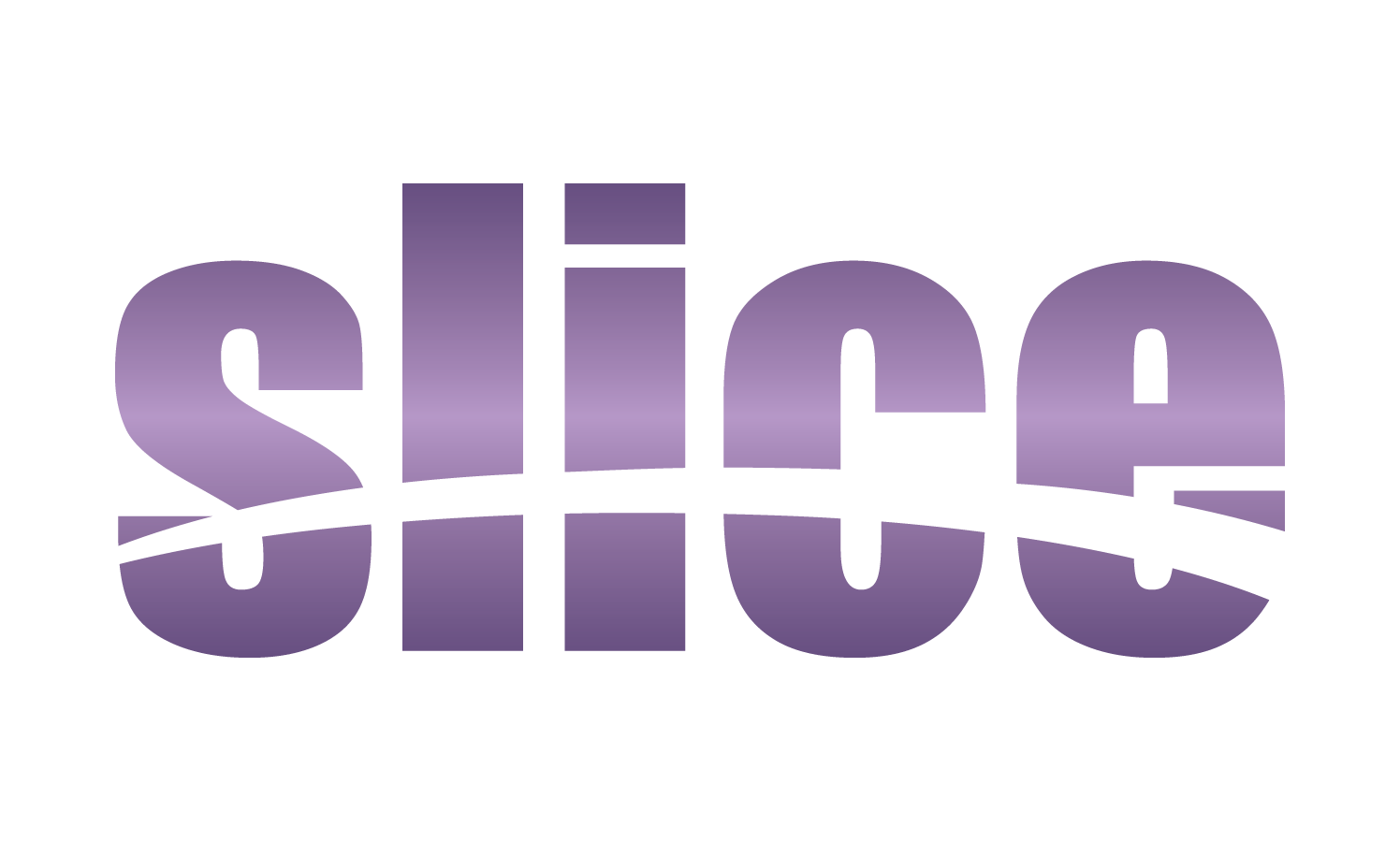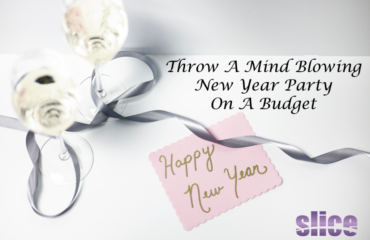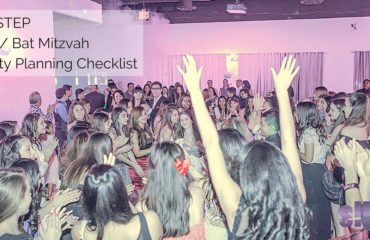
Even the smallest events require time, effort, and planning. Organizers spend weeks juggling different tasks, negotiating with multiple vendors, and adding things at the last minute. It’s easy to lose track of money and spend more than you intend to. At Slice, we believe proper planning can help people spend less and still have a good event. Here are some tips that can help you plan a good budget and stay within it:
- Research What You Need
The first step is to understand what you need. People who haven’t planned events before often miss a few items and are forced to make adjustments to their budget at the last moment. That can throw everything off track and be very stressful. The best way to handle this is to consult with a professional or search online for essential event items.
- Create an Event Budget Spreadsheet
Once you know what is needed, create a budget spreadsheet that you can access from all your devices, including mobile. Google Sheets is a good free option and you can add people to it so all individuals involved in event planning can make changes. Create a list of items you need in these sheets before moving onto the next step.
- Determine Estimated Costs and What You’re Willing to Spend
Setting an upper cap on expenses will help you limit costs during planning. Search online for estimated event costs in your location. For example, if you’re planning a Sweet Sixteen birthday party; get a cost estimate, add a few hundred or thousand dollars to the number and set it as your cap. Divide this amount reasonably among all items on your list in the estimated cost column.
- Contact Local Vendors
While some costs or rate cards are available online, it’s not easy to find price lists for event essentials for a specific location. Before finalizing a budget, contact local vendors for items on your list and ask for quotes. Most vendors will provide free online estimates without asking for any commitment on your end. While this can be a time-consuming process, it does help create the most accurate budget possible. Make note of the estimates provided by all vendors on your spreadsheet. We recommend contacting 2-3 vendors for every item to get a fair idea of the local costs.
- Compare Estimated and Actual Costs
The estimated cost is the amount of money you’re willing to spend on a particular item on your list; actual cost is the amount of money vendors quote. Knowing the difference between estimated costs and actual costs can help you allocate the money accordingly. For example, if the venue costs more than you estimated but the food and AV rental costs less, you can allocate money from those two items to the venue. You can then add up the final cost to see if it exceeds your preset cap.
These five steps should help you create an effective budget. If you want to know more about event budgeting or our services, don’t hesitate to contact us at Slice at Weston.



